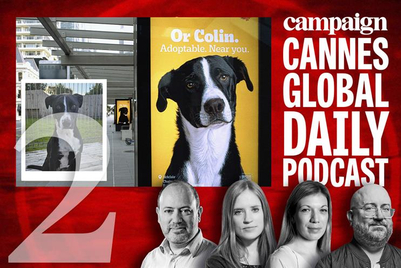
In March we began to experience “global quieting”. That’s a technical way of saying the world suddenly began to fall silent. As lockdown restrictions were imposed, feet stopped pounding, planes stopped roaring and the earth’s surface began vibrating less.
Seismologists tracking these changes observed entire cities and districts becoming significantly quieter as the hum of everyday life stopped overnight. In some cities in Nepal, the reduction in noise reached a drop of almost 80%.


The slightly reassuring buzz of the world ticking along, which underscores all our lives in some way shape or form, went missing. So too did the physical contact we have with one another.
That means right now, almost half the human senses we use to understand the world around us have been significantly affected. In Asia, where lockdown has now been all but lifted, the hum is already returning, but it’s increasingly clear our sense of touch will continue to be affected for some time to come.
Consequently, our behaviours have changed. Spotify tells us that ‘every day is like Sunday’, radio has seen listeners turn up in their droves and it’s reported classical music has seen a 20% surge in its demand.
The first two make sense. However, the last is particularly interesting.
Concert halls may be empty, but we continue to turn to music because it brings colour, culture and emotion into our lives. It unites us even when we cannot be together. The Singapore Symphony Orchestra has seen a 37% increase in YouTube subscribers during the lockdown, while the Singapore Chinese Orchestra has seen its social media views cross the million mark, in response to 108 pieces of new content uploaded during this period. But of all the genres, why this rise of classical?

Well, whilst hardly in vogue, it is perhaps the purest musical form of human expression; made simply by a combination of people, acoustic instruments and dots on a page. Couple this with the average symphony being roughly an hour in length (around 57 minutes longer than the average song in the charts) and it is no surprise audiences have found a need to fill their silence with sounds infused by humanity.
As human beings we don’t deal with silence well. That’s why solitary confinement exists. So as planet earth begins to emerge from the quiet, it is an opportunity to take a moment to pause and reflect on how to inject sound back thoughtfully and meaningfully into the world.
There’s a particularly important thought for every marketer as they reignite their communications: don’t just restart by making noise for the sake of it. Rather use this moment in time to think about why we inherently need it.
Great music and sound both enhance the world around us and grab the attention of their audience. A great sounding brand is no different. But it doesn’t just happen by accident. It requires a conscious commitment by marketers to approach music and sound with the same rigour and commercial mindset as they would every other part of their brand’s identity.
Simply put, music and sound bring us together; they connect and inspire us. They are a universal language that transcend people, cultures and geographies across planet earth. And surely that is the dream for any brand: to be heard, known and universally recognised.
Max De Lucia is co-founder and client director of specialist sonic branding agency DLMDD.



.jpg&h=268&w=401&q=100&v=20250320&c=1)






